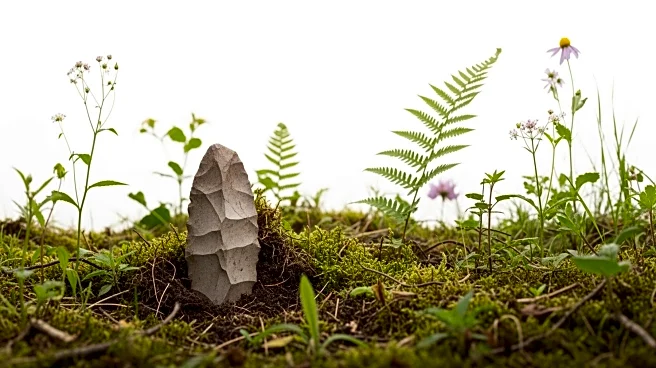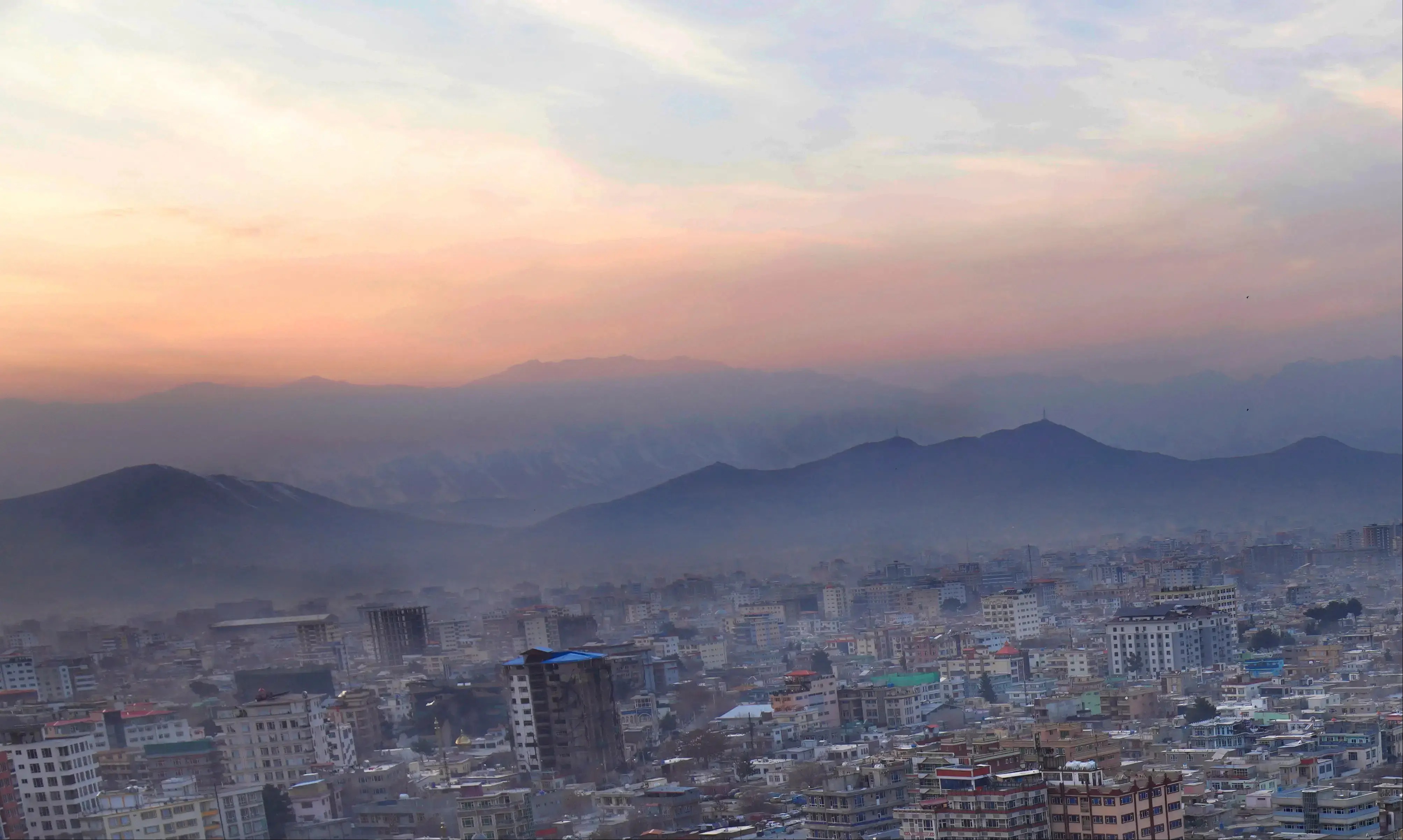What's Happening?
A recent study published in PLOS One reveals that Neanderthals and Mesolithic hunter-gatherers significantly impacted European landscapes long before the advent of agriculture. Researchers from Aarhus
University, alongside international colleagues, used advanced computer simulations to analyze how climate, large animals, fire, and humans affected Europe's vegetation during two warm periods in the past. The study found that both Neanderthals and Mesolithic hunter-gatherers played a crucial role in shaping vegetation patterns, challenging the notion of an untouched landscape prior to agricultural development. The research highlights the human-induced effects on vegetation, including fire and hunting of large herbivores, which contributed to changes in plant type distribution and vegetation openness.
Why It's Important?
The findings of this study are significant as they offer a new perspective on the role of early humans in shaping natural landscapes. By demonstrating the impact of Neanderthals and Mesolithic hunter-gatherers on vegetation, the research challenges previous assumptions about prehistoric landscapes being untouched by human activity. This insight is crucial for understanding the ecological history of Europe and the long-term effects of human interaction with the environment. The study also underscores the importance of interdisciplinary collaboration in uncovering the complexities of human influence on ecosystems, which can inform current environmental and conservation efforts.
What's Next?
The researchers suggest that further computer simulations of other time periods and regions, such as North and South America and Australia, could provide additional insights into human impacts on landscapes. These areas were not populated by earlier hominin species before Homo sapiens, offering unique opportunities to compare landscapes with and without human influence. Detailed local studies are also essential to improve understanding of how humans shaped landscapes in prehistoric times. Such research could enhance our knowledge of human-environment interactions and guide future conservation strategies.
Beyond the Headlines
The study's interdisciplinary approach, combining ecology, archaeology, and advanced computer modeling, highlights the complexity of human impacts on ecosystems. It challenges the traditional view of prehistoric humans as passive inhabitants of their environment, instead portraying them as active co-creators of ecosystems. This shift in perspective may influence how we interpret archaeological and ecological data, leading to a more nuanced understanding of human history and its environmental legacy.












